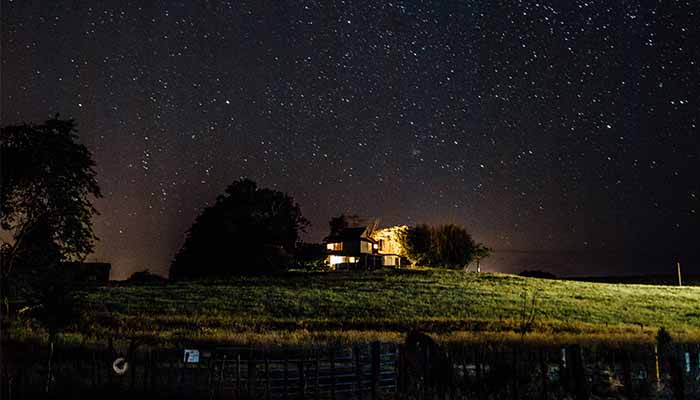
If you live in a rural or remote area, getting the internet speed you’d like may not always be straightforward.
You may be able to connect to a standard ADSL or VDSL broadband connection if you’re lucky enough to live close to your local phone exchange or cabinet. But, if you can’t connect to standard broadband or you are frustrated with your speed during peak times, then you may wish to consider a Wireless Internet connection.
Wireless internet connects you to the internet through your local 4G or 3G mobile network. The type of wireless internet connection you can use will depend on where you live. If you live in an area outside the 4G network, you may need to consider a 3G wireless connection.
Depending on where you live a wireless internet connection could match copper or even fibre broadband speeds.
3G Wireless internet refers to “third-generation” mobile internet. It’s been around longer so offers better coverage than 4G, but connection speeds are likely to be slower.
4G Wireless Internet refers to “fourth generation” mobile internet. The 4G network is newer in New Zealand, so its coverage is not as extensive as the 3G network. If you live in a home within the 4G signal, it will be a better option than 3G.
5G Wireless Internet launched in NZ in 2019 and is potentially five to 10 times faster than current 4G speeds. However 5G coverage is still in its infancy and only available in select areas.
If you live in an area with perfect signal conditions 4G can be up to 10 times faster than 3G connections – potential matching fibre broadband speeds (100Mbps) but more likely be around 40Mbps. 3G wireless internet will be slower, delivering speeds of 20Mbps depending on signal conditions.
Setting up wireless broadband is relatively straightforward. If you live in a strong signal area, you can usually opt for a ‘plug and play’ option, where the wireless broadband signal is received directly through your modem. Your plan will either include, or you will need to purchase, a suitable wireless modem, which you simply plug in to connect.
If you live outside of the coverage area and have a weaker signal, a technician may need to install a directional aerial on your roof, and run cabling from the aerial to the modem.
Even if you live in an area where your mobile phones connection isn’t great, the aerial on your roof will boost your reception, so your wireless broadband reception should be much better than your phone connection.
The Rural Broadband Initiative (RBI) aims to improve connectivity and wireless broadband speeds available across large areas of New Zealand.
The RBI rollout is complementary to the UFB (Ultra-Fast Broadband) rollout. Its goal is to deliver better broadband to rural schools, health providers, some libraries and tens of thousands of residents.
Vodafone own and run the RBI network, but that doesn’t mean that you are required to use them to set up wireless broadband. You can choose to use a different internet provider, so it is worth taking the time to compare the options and make an informed choice about Wireless Broadband Providers.
Wireless Internet Service Providers (WISPs) provide connectivity by fixed wireless, mainly in regional or rural areas.
You may find that you receive better service, or more expertise for your specific area if you choose a WISP rather than a national broadband provider.
For example, Wiz Wireless network covers areas in the Wairarapa and parts of the Tararua Districts only. Farmside specialise in providing connectivity in rural areas across New Zealand. Or Wireless Nation who specialise in providing internet anywhere their customers need it when in rural or urban areas.

 10Mbps
10Mbps

Get 3 months FREE* when you sign up to Unlimited Broadband for only $119 per month on a 24-month term. Get a FREE modem and self-installation ($20 freight charge applies). T&C's apply.
Terms and Conditions apply
24 months
Rental router